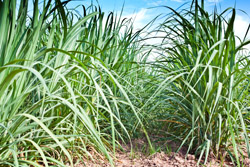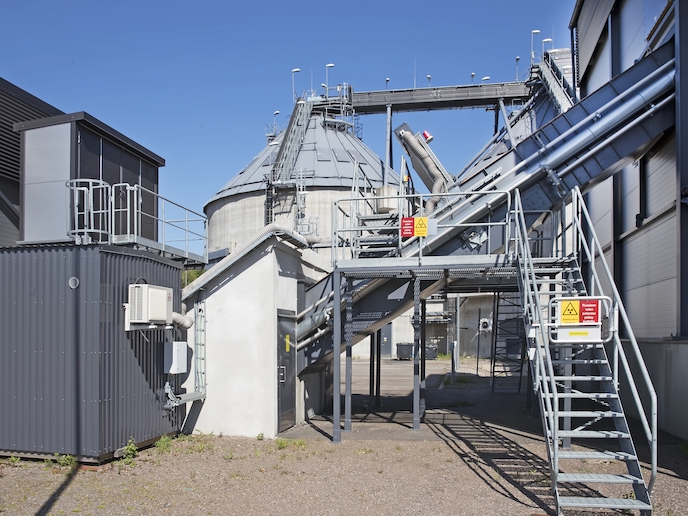Unlocking the full potential of biomass
As we move towards a more sustainable, low-carbon economy, biomass – biological material from living or recently living organisms – is coming into its own. This applies to its use as both an energy source and a vital ingredient in the production of industrial chemicals in the 'white', or industrial, biotechnology sector. Biomass can be used to generate bio-energy or produce bio-fuels, among other things, either through thermal or chemical conversion. The 'Lignin and carbohydrate acylation in nonwoody plant cell-walls: Structural role, enzymatic cleavage and biotechnological relevance' (Wallester) Marie Curie researcher mobility project sought to investigate lignin versus hemicellulose acylation/deacylation in plant cell wall structure and degradability. This promises a more complete and environmentally-friendly utilisation of plant biomass. Plant biomass can be used for bio-energy, biofuels and to produce industrial chemicals. But to make the most of it requires the efficient breaking down of plant cell walls. Wallester pursued a multidisciplinary approach involving a number of fields including microbiology, molecular biology and structural biology. The scientists involved also received training in project management and proposal writing to enable them to advance their research and careers. The potential applications of this approach include the development of processes to pre-treat plant biomass for downstream applications, such as bio-fuels and the preparation of platform chemicals, the basic building blocks for polymers in the chemical industry. The use of enzymes to break open and degrade plant cell wall structures also has many important applications in 'green', or environmental, biotechnology. This approach enables energy savings in the food and pulp/paper industries and reduces the use of environmentally unfriendly chemicals. given this wide range of potential applications, Wallester’s final report is of great interest not only to academics and researchers but also to the biotech industry.







